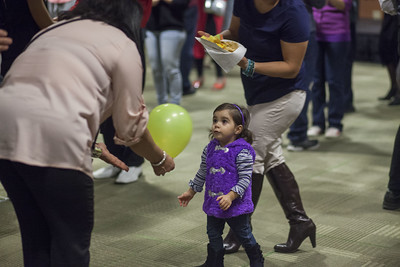For the last couple of days, I’ve been looking at the outcomes of community college attendance for non-traditional students. To understand how non-traditional students factor into the community college landscape, it’s worthwhile to look at recent enrollment trends.
Between 2011 and 2021, fall enrollment at Washtenaw Community College declined by nearly 13%. Enrollment among traditional college-age students (18-24) declined by nearly 23% between 2011 and 2021. Enrollment by students age 25 or older dropped by 19%. Most of the decline among traditional age students (16%) occurred during the pandemic. Among non-traditional students, fall enrollment increased by 1.2% during the pandemic. This rise is small but significant. While traditional students virtually abandoned community colleges, non-traditional students persisted.
In other words, non-traditional students were slightly more likely to remain enrolled during a decade of relatively high prosperity, and returned to the classroom during what is arguably the most challenging period higher education has faced in modern history.
So, what can community colleges do to attract and support non-traditional students?
States have become attuned to the cost of attendance as a barrier for non-traditional students. Michigan is one of about 30 states that now offer free community college tuition in one way or another. Most free community college programs are “last dollar” deals, which means that the State will provide financial assistance only after all other financial aid has been applied and only if a funding gap exists.
Further, the funding gap may only be defined to include tuition, fees, and books. It may not recognize the cost of housing, food, childcare, transportation, Internet connectivity, and Internet-capable devices. These are all barriers to continued attendance for non-traditional students.
Community colleges need to combine value and support for non-traditional students
Making generous, unrestricted or lightly restricted financial aid available to non-traditional students can help encourage students to remain in classes. Offering more “first-dollar” financial aid enables these students to reserve their Pell Grant dollars to help cover other attendance costs not normally addressed by scholarships. Additionally, providing services like medical, mental, and dental health care can also help students remain enrolled.
Providing childcare services and transportation subsidies can eliminate two of the biggest barriers that non-traditional students face when attempting to complete an educational program. At WCC, the full impact of the administration’s decision to terminate the on-campus childcare center will never be known. How many parents of young children cannot attend classes because they cannot find high quality, affordable childcare?
One of the very best services the community college can offer is high quality academic advising. This is something colleges typically do quite poorly. The results of poor or absent academic advising include students taking classes they don’t need or classes that won’t transfer to another school if transferring is the student’s goal. In either case, that’s wasted time and wasted money. It could also mean wasted financial aid eligibility, which can cause significant problems for transfer students.
If community colleges are serious about increasing their enrollments, they will need to rethink both their academic offerings and their student services. High value academic programs will attract students, while high quality support services will enable students to remain in school.
Photo Credit: COD Newsroom, via Flickr


































